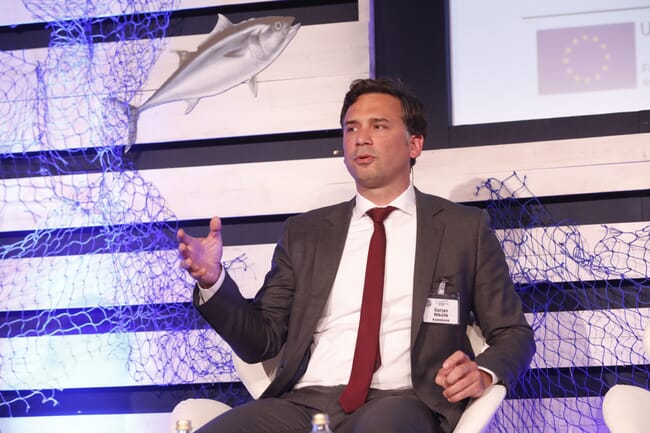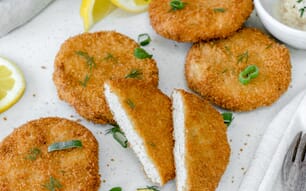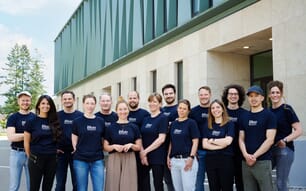
While Nikolik sees potential for the sector, and adds the caveat that “it’s a very fluid time” and that his “opinion may change in a few months”, he does produce some compelling arguments why the alt-seafood sector is likely to lag behind the burgeoning alt-meat sector.
“There are quite a few alt-seafood projects coming our way. The companies are still too small for us to be a lender, but there’s interest on the VC side. There’s a contrast between alt-seafood and alt-meat, with both supply and demand reasons why a breakthrough is likely to be more difficult for the alt-seafood producers,” he tells The Fish Site.
Supply issues
In terms of supply one of the key issues is the sheer variety of species of seafood.
As a result, in order to scale, you either have to produce products across a wide range of species, which duplicates your R&D costs, or focus on one product that has a very large market – and it’s difficult to pinpoint what this would be,” Nikolik reflects.
“The cellular protein companies are still reliant on knowledge from mammalian science and cells, and while they’re now able to produce finfish, it’s harder to produce shellfish tissue, such as lobsters and scallops,” the analyst argues.
“In the alt-meat space plant-based proteins lend themselves well to products such as sausages and burger patties, which are made with mixed ingredients and mixed textures, but it’s challenging to replicate the smooth textures of conventional seafoods,” he points out.
Demand issues
Meanwhile, Nikolik notes that the demand for alt-seafood is not currently as strong as it is for alt-meat.
“In terms of demand, much of the drive towards alternative meat comes from issues related to animal welfare and the environmental impact of farming, in particular the greenhouse gas emissions from cattle. Health concerns are also a factor, but the first two are the major drivers for people to look for alternatives to meat,” he explains.
According to Nikolik, consumers are less concerned about animal welfare when it comes to most popular seafood species – be they fish, scallops, shrimp or oysters.
“For some reason it’s harder for consumers to relate to these animals, despite the fact that they feel pain. Visiting a veal processing plant would put many people off meat, but visiting a shrimp peeling plant is unlikely to have the same effect,” he argues.
And, as far as carbon footprints are concerned, notes Nikolik, there is less of an argument to stop eating seafood than there is, for example, beef.
“Terrestrial farmed animals, especially cattle, produce high levels of greenhouse gas emissions and have high feed conversion ratios (FCRs), whereas seafood doesn’t,” he argues.
“People also buy seafood because it’s healthy, while the alternatives are rarely more healthy – especially plant-based seafoods, which tend to be heavily processed,” he reflects.
Another question raised by Nikolik relates to the market segment that alternative seafood producers need to aim for.
“If you are making plant-based or cellular seafood you will have high costs, so you will be looking to achieve high prices and so will target premium species, but you’re going to struggle to compete with bluefin tuna, scallops or Chilean sea bass – people buy these species, because they like to eat wild fish – that’s what sells it. They’re wild, natural products, so it’s hard for alternatives to compete,” he argues.
Meanwhile the lower priced seafood, such as canned tuna, is also hard to compete with on the basis of convenience, price and taste.
“Producers of alternative seafood don’t want to sell three cans for a dollar – they could only do this by producing it on a huge scale, at low cost, for low margins,” Nikolik reflects.
As for the middle ground Nikolik notes that there’s nothing in the seafood sector that has the same universal appeal as a burger patty – one of the best-selling products in the middle ground of the thriving alt-meat sector.
As a result, he argues that the market for alt-seafood products is likely to remain fairly niche – for the time being. However, he’s keeping an open mind, as conditions are liable to change.
“It’s a cautious view but we’re still willing to explore opportunities in alternative seafood as a bank,” Nikolik notes.








